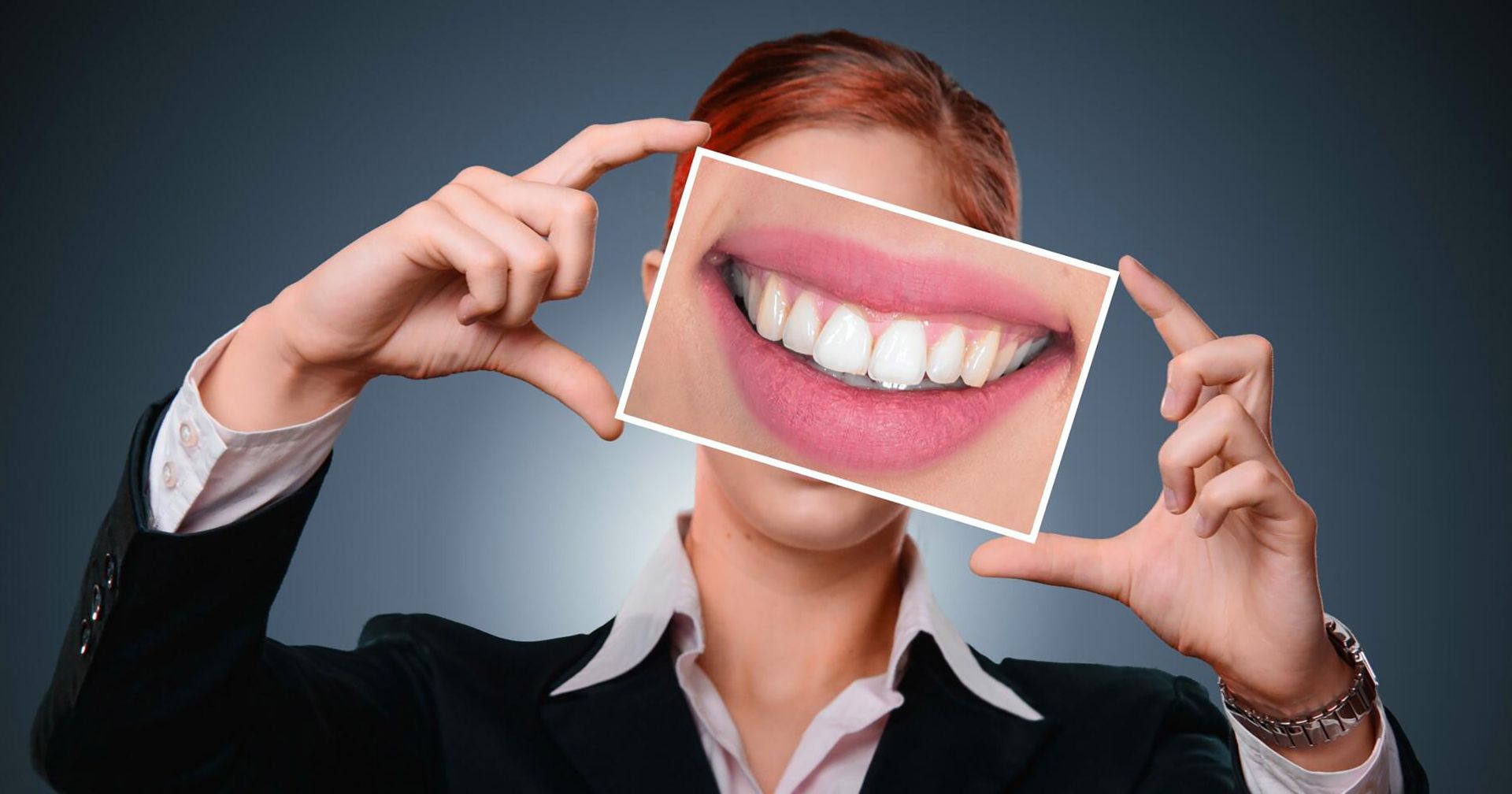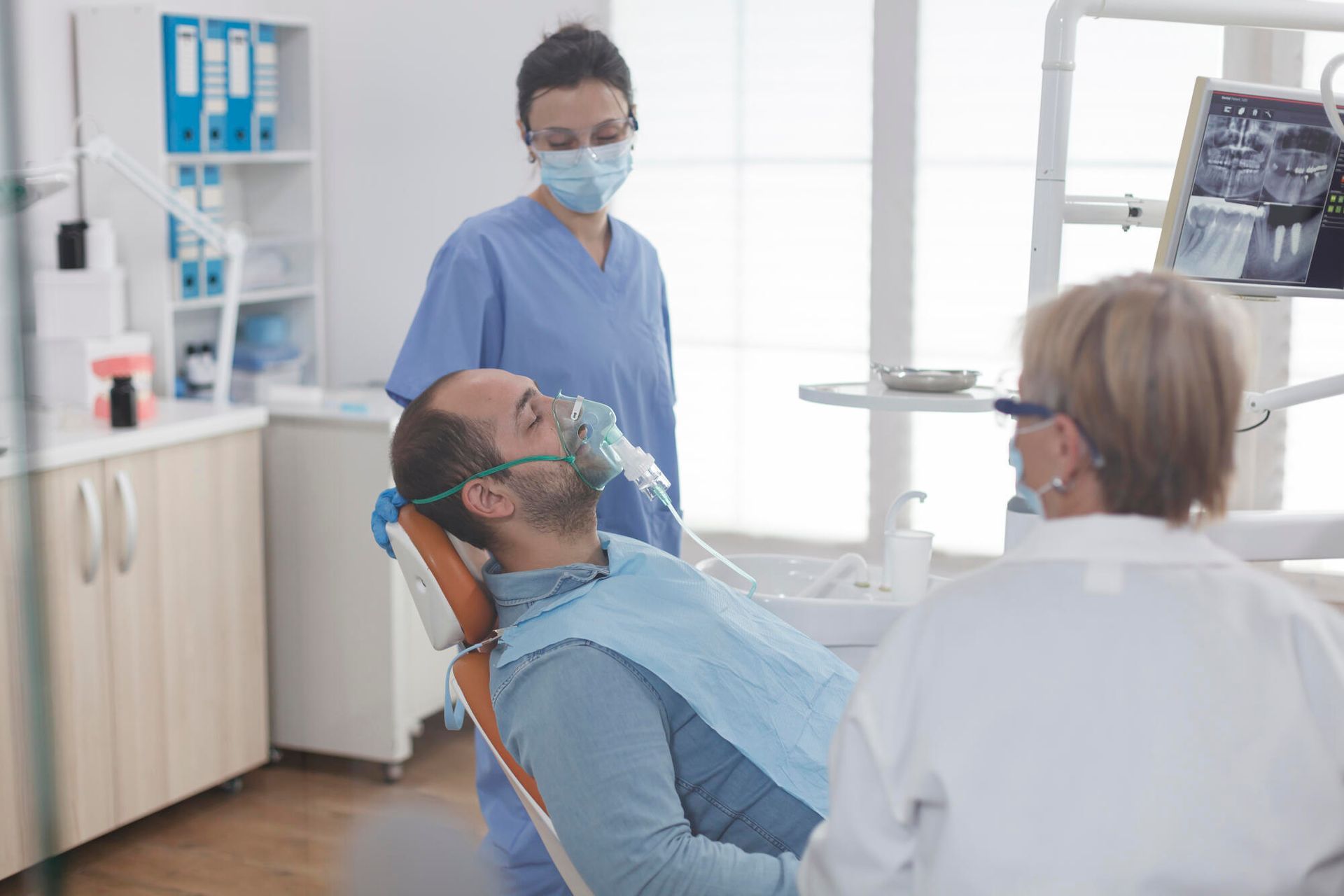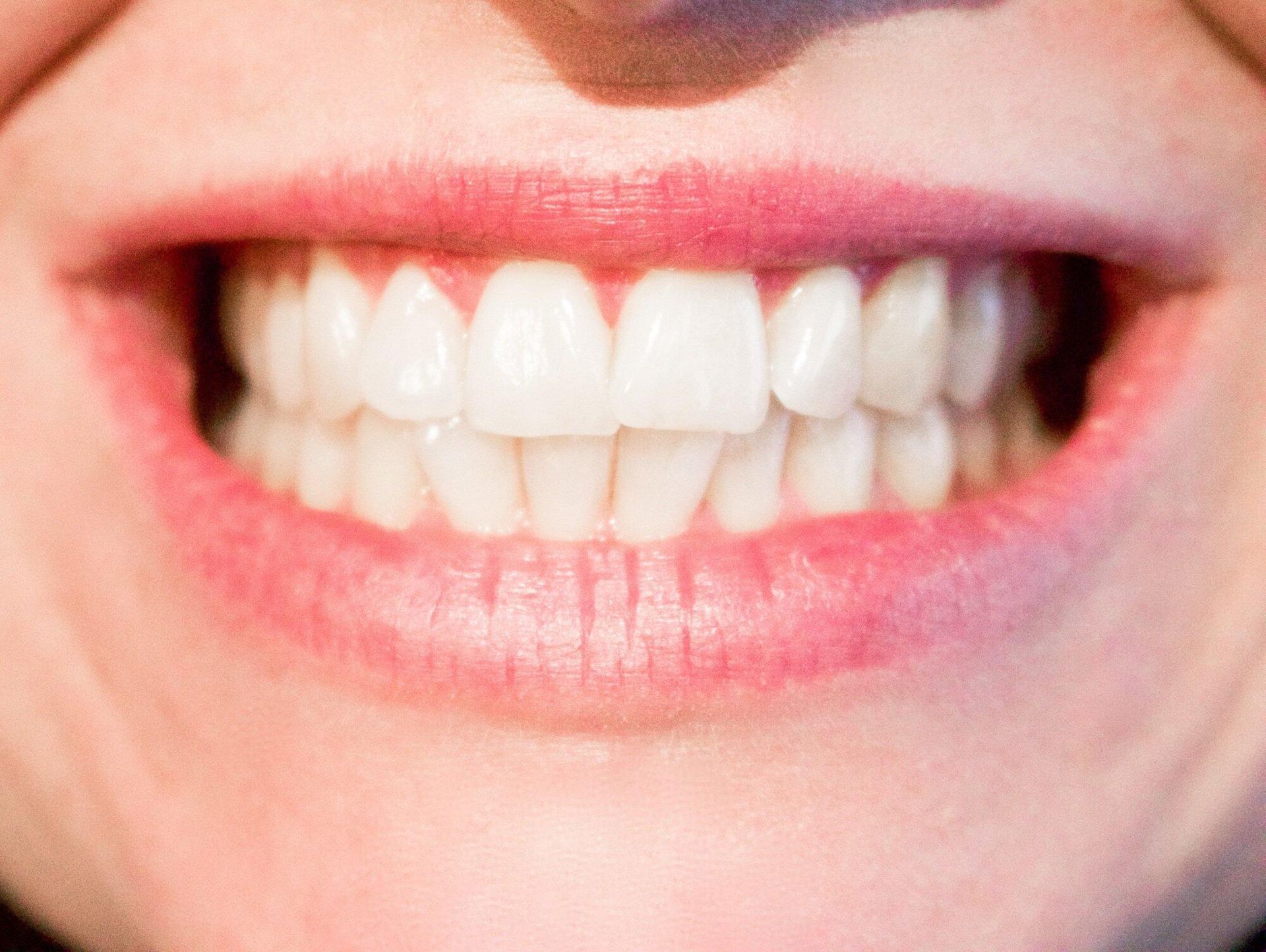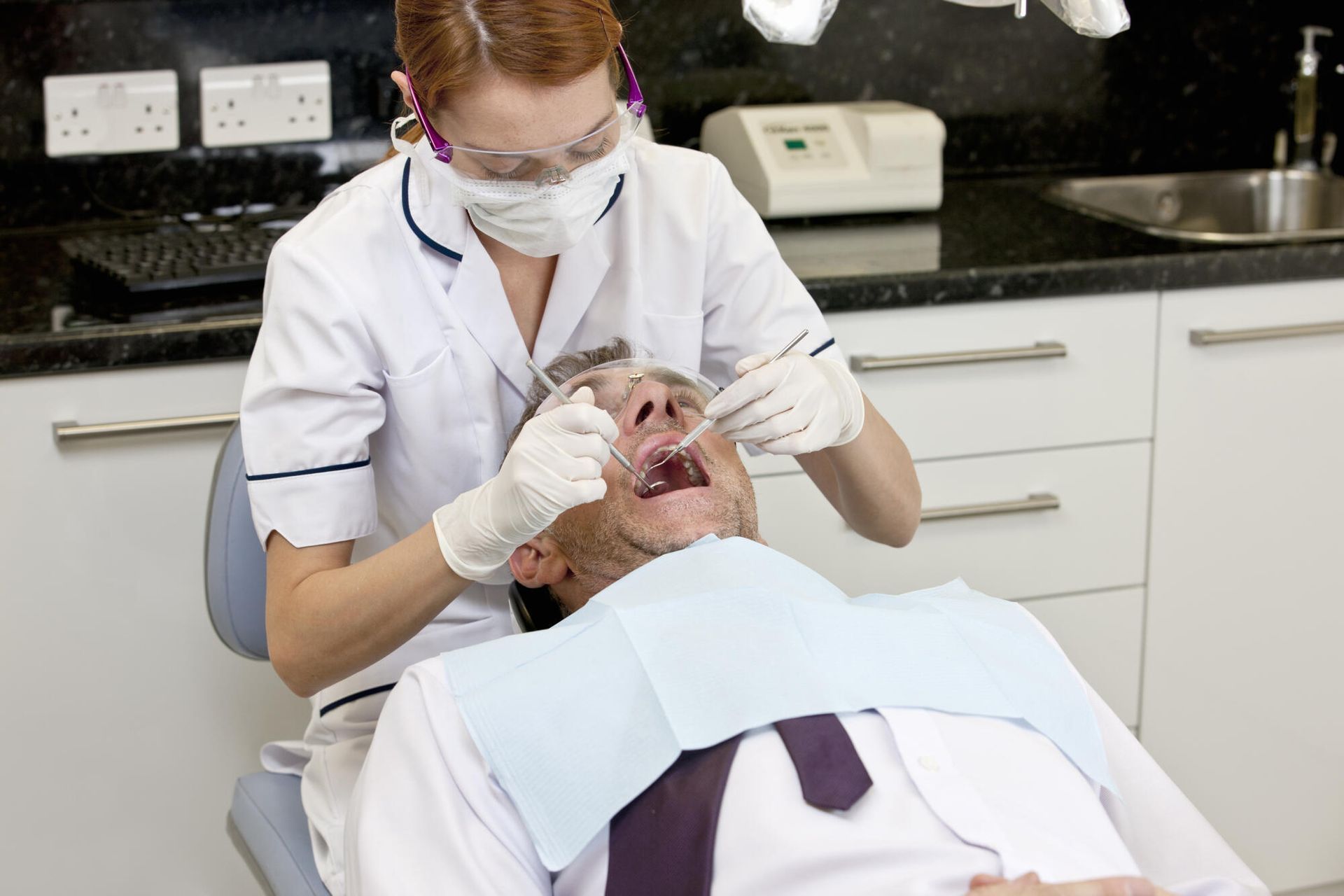The Process of Full-Mouth Rehabilitation: Steps and Expected Outcomes
According to the CDC, over 10% of adults 65 to 74 and about 20% of adults 75 and older have lost all their teeth. Even younger folks suffer from tooth loss! Adults 20 to 34 only have an average of 27 remaining teeth, and 23.3 for those between 50 and 64.
Fortunately, full-mouth rehabilitation brings hope to Americans who have lost several or all of their natural pearly whites. It can also benefit people with severe damage to their teeth, gums, or both.
In this guide, the team at Dental Arts, our dental office serving Bixby, Locust Grove, Catoosa, and other neighboring areas in Oklahoma, will discuss the dental rehabilitation process. Read on to discover the steps involved and how full-mouth restoration benefits patients.
Initial Assessment
As a comprehensive dental treatment, full-mouth rehabilitation, or "full-mouth reconstruction," starts with a thorough initial assessment. Your dentist will:
- Thoroughly examine your gums and remaining teeth
- Take digital dental X-rays, scans, and impressions
- Discuss your oral health problems
- Listen attentively to your goals and preferences
After hearing your side, the dental professional will present you with the most appropriate treatment options. After making your selections, you will receive a personalized treatment plan from your dentist in Bixby, Locust Grove, or Catoosa, OK. They will tailor the plan based on your goals, preferences, and choices you have made from their expert recommendations.
Tooth Decay Treatment
Tooth decay occurs when harmful bacteria cause holes in the teeth. It is very common; the American Dental Association (ADA) says one in four adults has an untreated cavity. Nearly all adults will also experience it at least once in their lifetime.
Considering those statistics, you may also need tooth decay treatment for your full-mouth reconstruction. If so, you will receive tooth-colored fillings from your dentist in Locust Grove, Bixby, or Catoosa, OK.
Root Canal Therapy
Tooth decay that goes untreated for too long can result in a root canal infection. In this case, harmful bacteria have entered the root canal, infecting the dental pulp.
If you have an infected tooth, root canal therapy (RCT), a form of oral surgery, can help save it.
During an RCT, dentists use specialized tools to access the root canal. They then clean the tooth, remove the infection, and seal it, helping reduce the likelihood of needing an extraction.
So, with an RCT, there is still hope, even for a badly infected tooth. Indeed, the American Association of Endodontists (AAE) says dental professionals perform 15 million RCT procedures yearly to save teeth from extractions!
Smile Makeover
Do you have severely stained or discolored teeth? Or perhaps you have cracked or chipped teeth. If so, your full-mouth reconstruction may include a smile makeover, which may consist of:
- Teeth whitening
- Dental bonding
- Veneers
- Crowns or bridges
Tooth Replacement With Traditional Dentures
After making over your remaining teeth, the next step is replacing the ones you have lost. Depending on your treatment plan, this may involve traditional dentures.
Traditional dentures are removable tooth replacements. You can get partial dentures for one or more missing teeth. If you are missing all your teeth, do not worry; you can get complete dentures.
Please note that removable dentures differ from traditional implant-supported dentures. The latter involves surgical placement of implants (which act as tooth roots). Once ready, your dentist will securely affix the dentures to the implants.
Dental Implant Placement
While advancements in traditional dentures have made them longer-lasting and more natural-looking, they are still superficial. They only replace the crown, the visible part of the tooth above the gumline, and not the entire structure.
On the other hand, you will get a replacement for the entire structure of a lost tooth (down to the roots) if you have opted for a dental implant. As mentioned above, implants act as tooth root replacements, serving as the base of a prosthesis (replacement teeth). Prostheses include dentures, crowns, and bridges.
Depending on your initial consultation, your dentist may have recommended All-on-4 implants. As your dental professional would have explained, this treatment option consists of four screws or implants.
Here is a quick look at the process for All-on-4 tooth implants.
Same-Day Placement and Loading
Since implants replace lost tooth roots, their placement takes longer than that of removable dentures. Your dentist will have to place the implants in your jawbone surgically,so the process may take a few hours but no more than a day.
After the surgical placement of the implants, your dentist can immediately load the temporary prosthesis. You can leave the dental office with a brand new smile just hours after entering it with all upper or lower missing teeth.
Recovery and Placement of Final Prosthesis
Remember that your same-day prosthesis is only temporary. You must return to your dentist once your gums, jaw, and mouth fully heal. The exact recovery time depends, but it may take about six months.
Once you are A-OK, your dentist will remove the temporary prosthesis and affix the final All-on-4 dentures or bridges onto the implants.
Enjoy the Beneficial Outcomes of Your Full-Mouth Reconstruction
After your full-mouth reconstruction, your smile can dazzle anyone and put a smile on their faces, too. You will likely feel more confident in its beauty and power as your dentist in Catoosa, Bixby, or Locust Grove has taken all the steps to ensure it is free of stains, chips, cracks, or gaps.
Full-mouth rehabilitation also has oral health benefits, not just aesthetic perks. For example, your jawbone will be less likely to resorb or "melt" with the help of high-quality dental implants. Since implants act as tooth roots, they stimulate the jawbone, helping keep it healthy.
Your mental health can also get a boost with a full-mouth reconstruction. After all, you will feel happier and more satisfied with how your smile looks. You will also feel better with the functions of your mouth (e.g., better biting, chewing, and speaking abilities) restored by the tooth implants.
Ready for Your Full-Mouth Rehabilitation?
Because full-mouth rehabilitation addresses cosmetic dental flaws and oral health issues like tooth decay, infections, and loss, it is among the most effective oral health improvement steps you should consider ASAP.
So, if you are ready to restore your smile, mouth functions, and self-confidence, the Dental Arts team is happy to help! From complete reconstructions in Catoosa to smile makeovers in Bixby and dental care in Locust Grove, OK, our highly experienced dentist, Dr. Michaelsen, and his team of dental professionals have your back.
Reach out today to schedule your consultation!
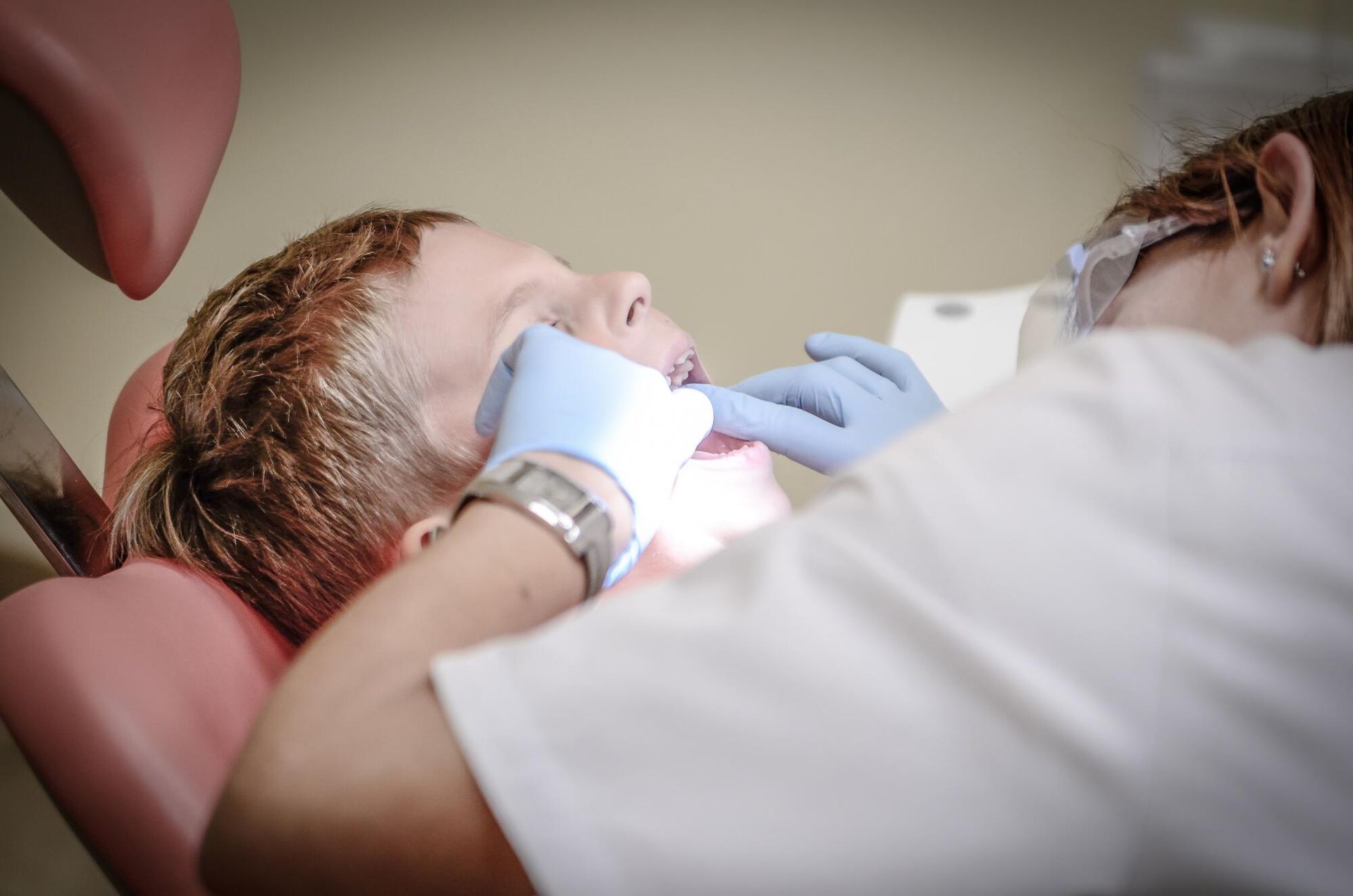
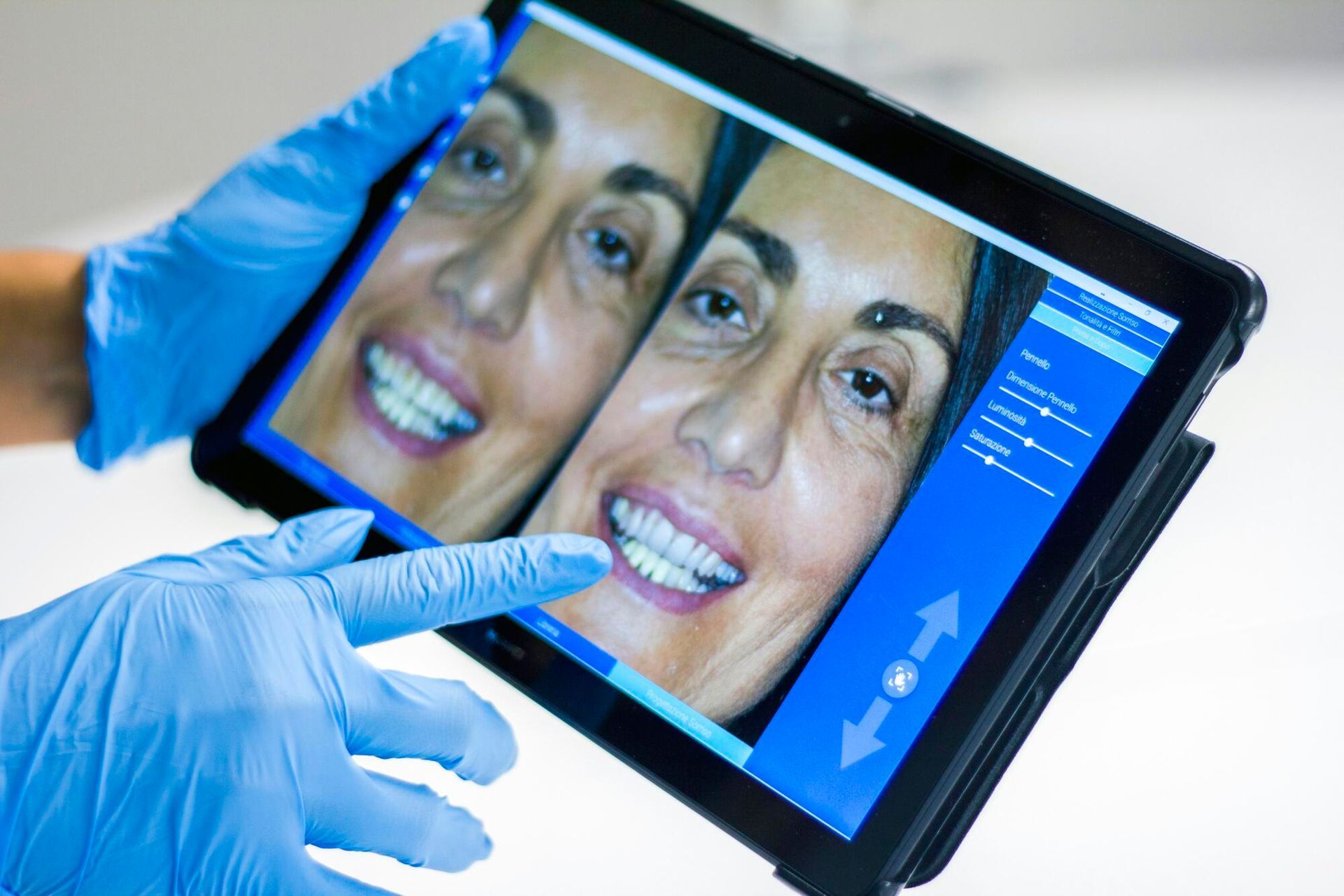
Catoosa Location
Locust Grove Location
Bixby Location
Tulsa Location
Nowata Location
This website and its marketing content are provided exclusively for use by clients of Dental Arts Management, LLC under the terms and conditions of the management services agreement.
All Rights Reserved | Dental Arts
Website Designed & Maintained by Xpress Promotion
918-937-7587
918-276-7318
918-205-7217
918-303-5048
918-393-4083

